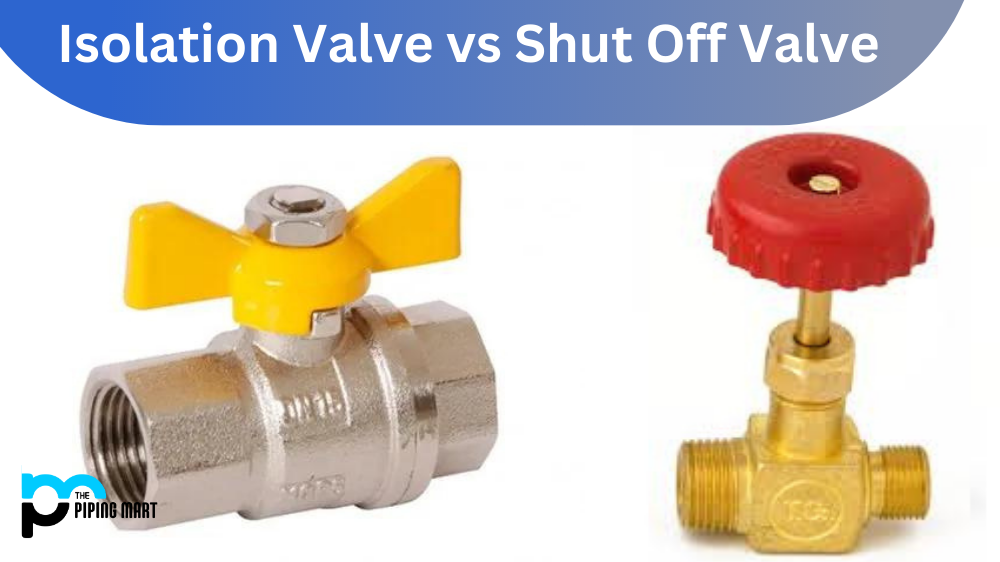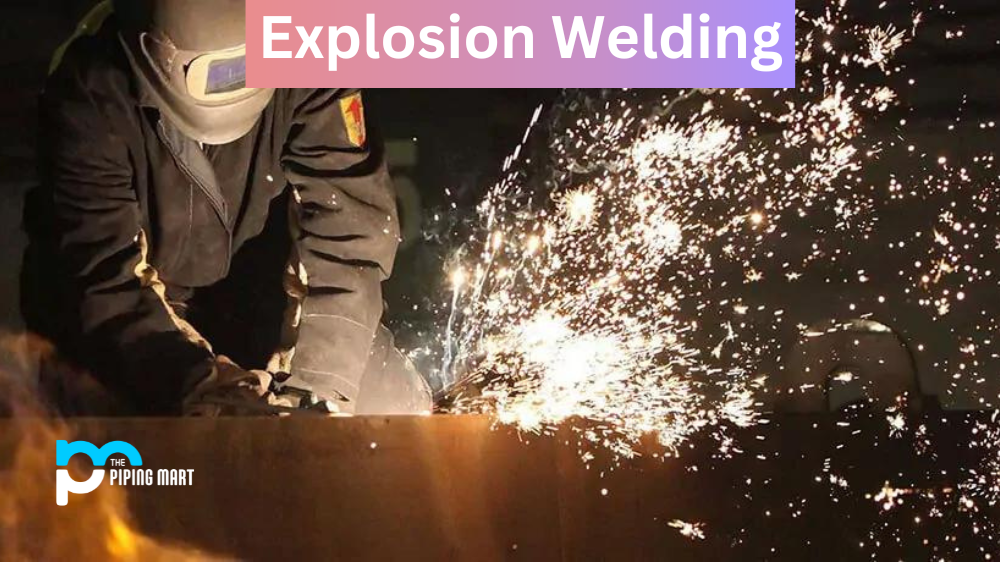When selecting the right valves for your equipment, the type of valve matters. Ceramic valves have become increasingly popular for their superior durability and corrosion resistance. However, like any other material, ceramic valves have advantages and disadvantages. In this blog post, we will provide insights into the pros and cons of ceramic valves to help you make an informed choice.
What is Ceramic Valve?
Ceramic valves are components that are used to control the flow of fluids. They employ a combination of ceramic discs, rubber seals and pressure plates to provide these functions. Ceramic valves have become increasingly popular due to their superior durability and reliability compared to other valve types since they can withstand higher temperatures, pressures and corrosive environments than metal or plastic counterparts.
Advantages of Ceramic Valve
Improved Durability: Ceramic valves are long-lasting and highly resistant to wear and tear. They tend to last up to 10 times longer than metal valves. This durability can be attributed to their strength and hardness, making them ideal for severe-duty applications.
Incredible Corrosion Resistance: One of the most significant advantages of ceramic valves is their corrosion resistance. Unlike their metal counterparts, these valves can withstand harsh chemical compounds and offer protection against bacterial growth. This rust-proof feature also contributes to their ability to maintain shape and form.
Low-friction Coefficient: The low-friction coefficient of ceramic valves ensures a much smoother flow of fluid or gas compared to metals. Ceramic discs combined with tight manufacturing tolerances help minimise the flow restriction, which means that most of the pressure is transmitted to the flow, which can significantly improve its efficiency.
Advantages of Ceramic Valve
Brittle and Fragile: Ceramic valves are brittle and tend to crack if subjected to sudden impacts or excessive pressure. This means ceramic valves may not be suitable for use in environments or equipment where they may experience sudden and unexpected mechanical shocks or stress.
Expensive: Due to their production process, ceramic valves can be three to ten times more expensive than metal valves.
Limitations in Size and Shape: Metal valves are more versatile in size and shape than Ceramic valves. They are frequently found in disks, balls, or cylinders and cannot always be adapted to complex shapes. This may limit their scope of application in some industries.
Conclusion:
In conclusion, ceramic valves are a great option but are only sometimes the right investment for every application. Their resistance to corrosion, longer lifespan, and low friction coefficient make them a popular choice in abrasive and harsh applications. However, their low tolerance to sudden shocks and high price tag make them less desirable for situations where metal valves may be more ideal. By weighing the advantages and disadvantages listed in this post, you can better understand if a ceramic valve is the right choice for your specific needs and make an informed buying decision.

A passionate metal industry expert and blogger. With over 5 years of experience in the field, Palak brings a wealth of knowledge and insight to her writing. Whether discussing the latest trends in the metal industry or sharing tips, she is dedicated to helping others succeed in the metal industry.




